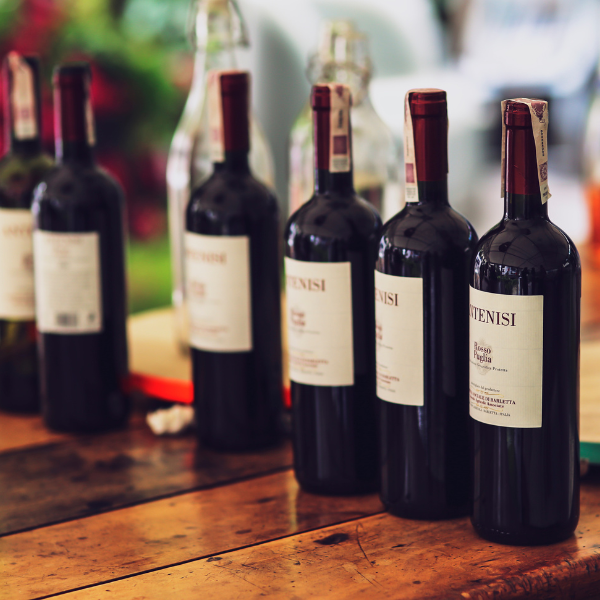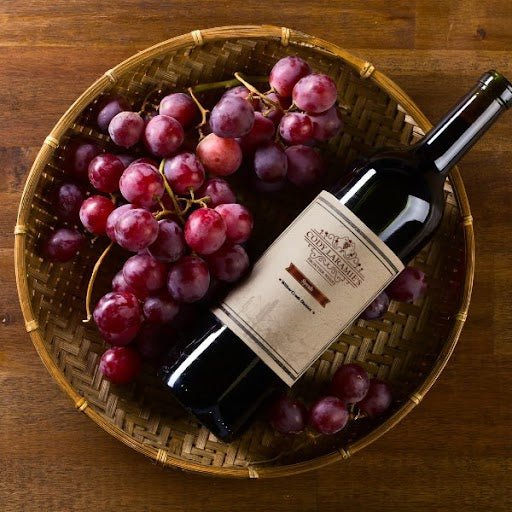This case study examines how leading brands are transforming their operations through successful sustainable packaging strategies. As environmental concerns grow and consumer expectations shift, brands across industries are embracing sustainable packaging not just as a trend but as a core business strategy. Companies that integrate eco-friendly packaging are not only minimizing their environmental impact but also strengthening brand loyalty, increasing market share, and boosting revenue.
Why Sustainable Packaging Matters in 2025
Today's consumers are more informed and conscious than ever before. According to a 2025 survey by GlobalWebIndex, 73% of consumers state they are more likely to purchase from brands that are environmentally responsible. Additionally, regulatory pressures are mounting, with new policies across the EU, U.S., and parts of Asia requiring stricter compliance with sustainable materials and waste management.
Brands that proactively adopt sustainable practices stand to benefit from:
Enhanced brand reputation
Increased customer loyalty
Competitive differentiation
Operational cost savings through material efficiency

Leading Brands Championing Sustainable Packaging
1. Lush Cosmetics
Strategy: "Naked" Packaging
Lush has long been a pioneer in eco-conscious packaging. Approximately 35% of Lush products are sold without any packaging at all , coined as "naked" products. For items that require packaging, the company uses 100% post-consumer recycled materials. Customers are incentivized to return empty containers through the "Bring it Back" program, receiving discounts or freebies.
Key Takeaway: Reducing packaging can be as impactful as changing packaging materials.
2. Patagonia
Strategy: Minimalism and Recyclability
Patagonia uses minimalist packaging, ensuring that all materials are recyclable or compostable. They prioritize using 100% recycled paper for their tags and shipping boxes. As of 2025, Patagonia has also introduced garment bags made from biodegradable biopolymers.
Key Takeaway: Sustainability can align seamlessly with brand ethos and outdoor activism.
3. Unilever
Strategy: Circular Economy Initiatives
Unilever aims to make 100% of its plastic packaging reusable, recyclable, or compostable by 2025 , a goal they are close to achieving. They have piloted refill stations for brands like Dove and Love Beauty and Planet across major retailers and partnered with Loop to offer reusable packaging for household staples.
Key Takeaway: Collaboration with innovators accelerates sustainable transitions.
4. PepsiCo
Strategy: Compostable Snack Packaging
PepsiCo has made significant investments in developing compostable materials for snack packaging, especially for brands like SunChips and Off the Eaten Path. In 2025, they expanded pilot programs to over 20 cities in North America and Europe, with plans to scale to all major markets by 2027. The compostable packaging uses plant-based bioplastics like PLA, positioning PepsiCo at the forefront of sustainable packaging solutions in the snack industry.
Key Takeaway: Investing in R&D for new materials can lead to industry leadership.
5. IKEA
Strategy: Mushroom-Based Packaging
IKEA replaced polystyrene foam with mushroom-based packaging for protecting fragile items during shipment. This packaging is grown from agricultural waste and fungi, decomposing within weeks in a composting environment. By 2025, the solution has been deployed across 80% of their global shipping network, and IKEA continues to invest in scaling this innovation alongside refillable packaging pilots in select EU stores.
Key Takeaway: Innovation can stem from nature-based solutions.
Emerging Trends in Sustainable Packaging (2025 and Beyond)
Smart Packaging: Incorporating QR codes that share recycling instructions or traceability data.
Edible Packaging: Especially in the food and beverage sector.
Refillable Packaging Models: Subscription services offering refillable containers.
Plant-Based Plastics: Rise of PLA and PHA bioplastics.
Blockchain for Transparency: Tracking material lifecycle and ensuring compliance.

Challenges and Lessons Learned
While the road to sustainable packaging is filled with opportunities, brands also face:
Higher initial costs compared to traditional materials.
Supply chain complexities with sourcing sustainable raw materials.
Educating consumers on new disposal methods like composting.
The brands that overcome these hurdles do so through customer education, strong storytelling, collaborations, and long-term investment in technology.
Sustainable packaging is no longer optional; it is a business imperative. The success stories of brands like Lush, Patagonia, Unilever, PepsiCo, and IKEA show that embracing eco-friendly packaging leads to tangible benefits in brand perception, customer loyalty, and market performance. By adopting forward-thinking strategies and investing in innovative materials and systems, companies can contribute meaningfully to a greener future while securing their own long-term success.
Let’s create custom sustainable labels that reflect your brand’s values and meet tomorrow’s eco standards, today. Contact us to get started.






